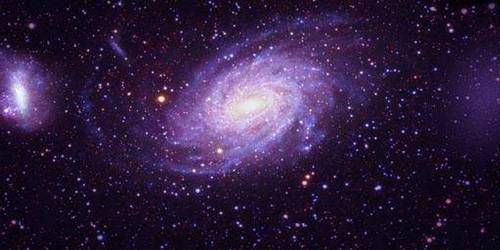The Milky Way is the galaxy that contains our solar system, whose name describes the presence of galaxies from Earth: a stylish band of light seen in the night sky is made up of stars that cannot be separated from the naked eye. It takes its name from the Milky Way, seen from Earth as stars scattered across the sky and irregularly lit bands of gas clouds. Although the Earth is well within the Milky Way galaxy (as it is sometimes called a galaxy), astronomers do not have a clear idea of the nature of nature, such as some of its external star systems. Galileo Galilei with his telescope in 1610 solved the band of light among the first individual stars. Until the 1920s, most astronomers thought that the Milky Way contained all the stars in the universe. The former called it the cosmic river. Galileo showed that the band is actually the density of the stars that we see from the inside of our galaxy’s disk. After the great controversy of the 1920s among astronomers, the observations of Harlow Shapley and Heber Curtis, Edwin Hubble, proved that the Milky Way is one of many galaxies.
The largest and largest star clusters are globular clusters, as they are said to have an almost spherical appearance. The Milky Way is a forbidden spiral galaxy with an estimated visible diameter of 170,000 to 200,000 light-years. The Milky Way galaxy contains 200 to 400 billion stars. The solar system is located at the inner edge of the Orion Arm, about 27,000 light-years from the galactic center, in a spiral-shaped concentration of gas and dust. The included 10,000 light-year stars form a bulge and one or more bars that extend from the bulge. When looking at it in the night sky, the center of the Milky Way galaxy is in Sagittarius. The dark regions of the Milky Way galaxy are dark nebulae that block light from distant stars. The galactic center is an intense radio source known as Sagittarius A *, a supermassive black hole with a mass of 4.100 (± 0.034) million solar masses. Hydrogen and helium have always been the main components but the heavier components are gradually gaining importance. In the current interstellar gas, elements heavier than helium are about 2 percent by mass, but less than 0.02 percent of the same elements in the globular cluster.
The Milky Way galaxy was named after the Greek word “milk”. According to legend, the goddess Hera was nursing her son Hercules and was given some milk. Constant rotational speeds contradict the laws of Capillary dynamics and suggest that almost (about 90%) of the mass of the Milky Way cannot emit or absorb invisible, electromagnetic radiation from telescopes. The large-scale distribution of these clusters cannot be learned directly because their existence in the Milky Way spacecraft means that dust obscures those that are more than a few thousand light-years away from the sun. The four main forces of the Milky Way galaxy are named Carina and Sagittarius Arm, the arm of Peruses, Norma and Cygnus Arm, and the Orion Arm named Sputum Crook Arm, where the Earth is located, it is one of the smaller arms. The fungi can be determined from the measured velocity of the individual stellar members of the clusters. Most open clusters have small masses in order of 50 solar panels. The Milky Way’s oldest stars are almost as old as the universe and were probably formed very early in the Dark Ages of the Big Bang.













